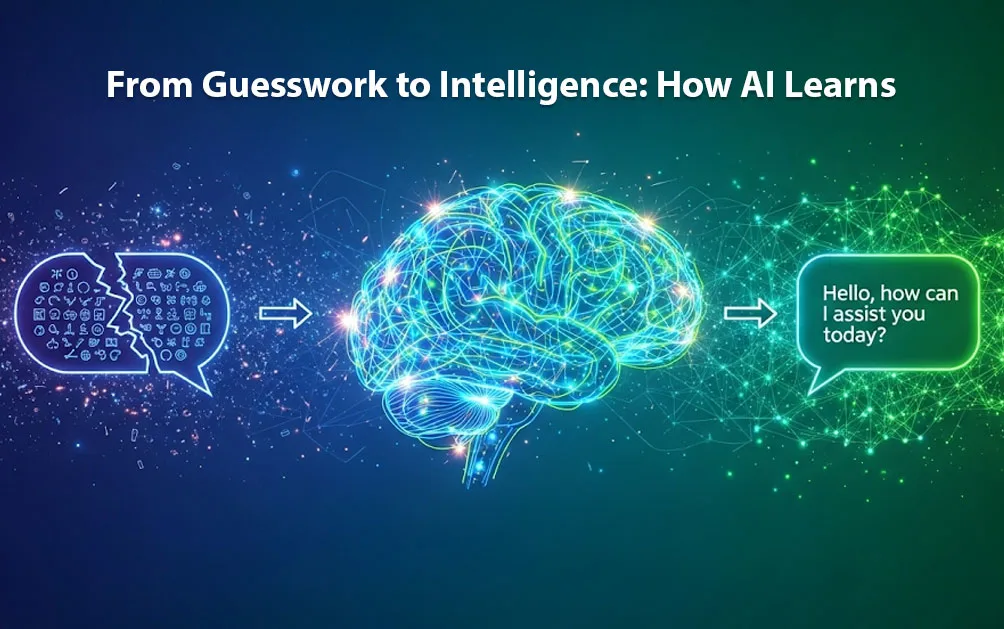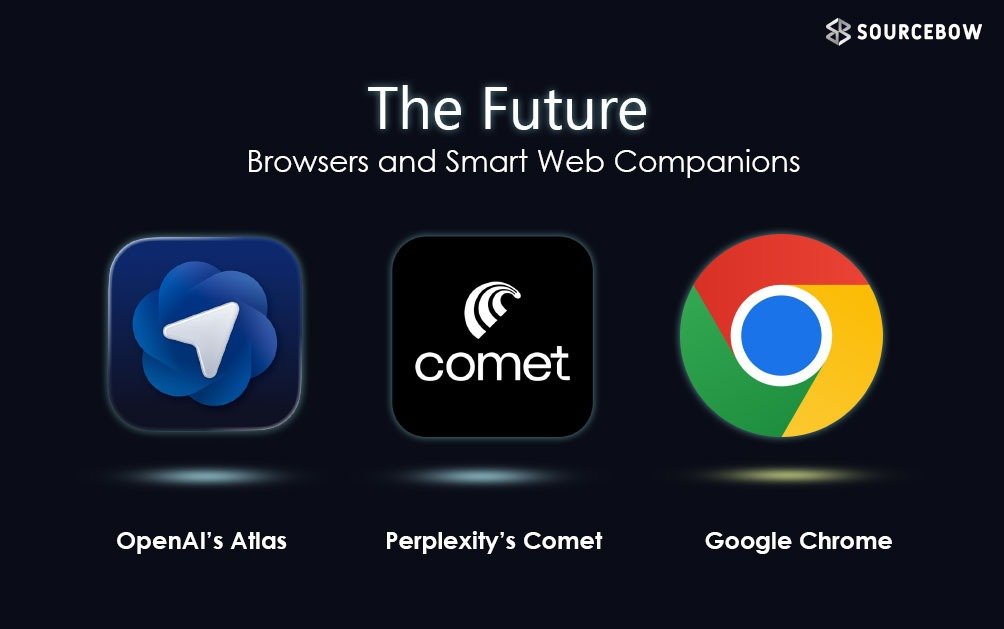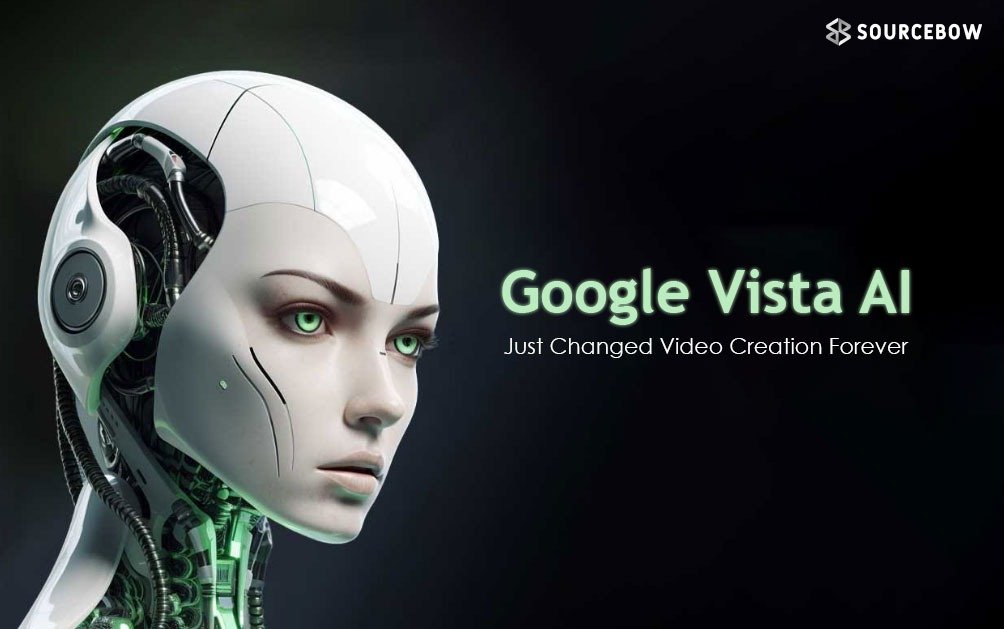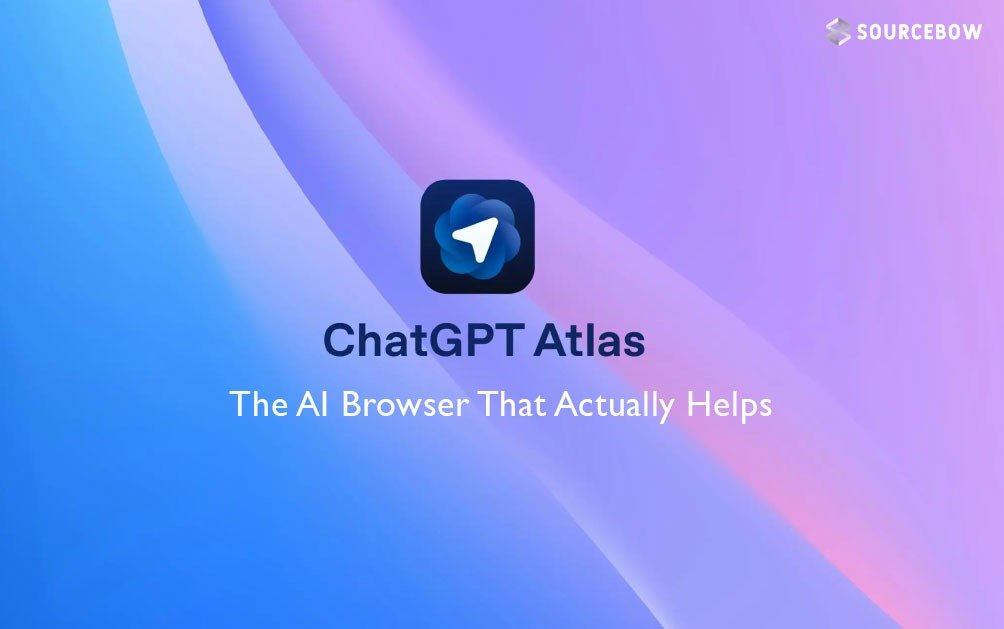Generative AI is everywhere these days. People use it to polish research papers, translate languages on the go, or even write complex code in seconds. Tools like ChatGPT, Gemini, and other large language models have become part of everyday life.
But here’s the question that sparks curiosity—how do these systems actually become “smart”? After all, they didn’t start out this sharp. In fact, not too long ago, a language model could mess up a simple comparison between 9.9 and 9.11 (yes, it once confidently said 9.11 was bigger). Fast forward to today, and models can tackle math problems from the International Mathematical Olympiad (IMO), a challenge meant for some of the brightest high school minds.
That’s a wild leap. So how does this magic happen?
Learning the hard way just like humans
Think about how kids learn. A toddler might point at a red ball and call it a kitty. Parents gently correct them—“No, that’s a ball.” Next time, the child gets it right. That’s the power of mistakes.
AI goes through something very similar. Instead of toys and words, it learns through what’s called next-token prediction. Imagine the sentence:
The quick brown fox jumps over…
Humans instantly know the next word is “dog.” But in its early days, an AI model might guess “rock” or “tree.” Since the real answer is known, the model gets told it was wrong, updates itself, and tries again. That loop of guess, check and improve is the heart of machine learning.
Let’s take a math example that makes it clearer
Picture a simple problem: Add numbers from 1 to 10. The answer is 55.
But when a machine sees this, it does not just know the solution. It tries guesses 3, 13, 105 until it finally stops on 55. Every wrong step feeds back into its system that helps in fast future attempts. Over billions of these steps, what started as a random guesser evolves into something that can crack Olympiad-level problems.
The secret sauce model training
This “learning from mistakes” happens through a process called model training. Think of it as a loop:
- The model sees new data.
- It makes a prediction.
- If the prediction is wrong, an error signal is created.
- That error is used to adjust the model.
Do this enough times—millions or even billions—and the model gradually transforms from clueless to capable.
One key technique here is gradient descent. Imagine dropping a ball on a mountain. The ball rolls downhill, always moving to lower ground, until it reaches a flat valley. That valley represents fewer errors. Each roll is like the model tweaking itself to become a little less wrong.
The three big stages of AI learning
Language models don’t learn everything in one shot. They grow in phases:
Stage 1 Pretraining on the internet
They consume massive amounts of text—from Wikipedia to books to online discussions—building a base understanding of how language works.
Stage 2 Fine-tuning with instructions
Instead of random data, they get more focused lessons. This is like reading textbooks or practice guides in specific fields such as coding, medicine, or law.
Stage 3 Human feedback
Experts or testers guide the model, saying “this answer is helpful” or “this one misses the mark.” That feedback helps polish its behavior.
Together, these steps turn raw reading ability into something far more practical—an AI that actually understands context and tone.
Scaling up makes a difference
There’s another trick researchers discovered scaling. The bigger the model and the more computing power behind it, the better it performs.
It’s like working out at the gym. If you put in more hours and more reps (and eat enough protein), the results show. With AI, throwing in more training data and computing cycles reliably lowers errors. This isn’t just guesswork—it’s been proven again and again, forming what scientists call scaling laws.
Smarter ways to learn efficiently
Of course, training AI at this scale is expensive. That’s why researchers now focus on efficiency—teaching models to learn more with less.
Two main strategies help:
- Filtering high-quality data Instead of feeding every messy internet post, algorithms pick out cleaner, more reliable examples.
- Smarter training methods Traditional models might need billions of tries to learn something, but clever algorithms can cut that number down drastically.
This is like studying from a well-written textbook instead of random scribbles—it saves time and energy while boosting results.
What this means for us
The fascinating part is that AI’s journey isn’t that different from ours. Machines get better by making mistakes, learning from them, and repeating the cycle endlessly. The only difference? They can make billions of mistakes in a single day without getting frustrated.
For humans, the lesson is simple—stick with the process. Mistakes aren’t failures, they’re stepping stones. Just as machines refine themselves through endless practice, anyone can sharpen skills by treating errors as part of the path forward.
Wrapping it up
AI didn’t wake up one day knowing how to solve Olympiad math. It started clumsy, made countless blunders, and improved bit by bit through feedback, training, and scaling.
That’s a reminder worth holding onto. Whether it’s language, coding, or any skill at all—progress comes from stumbling, adjusting, and trying again. Machines do it. Humans do it. And if we keep going, the gap between random guessing and smart responses gets smaller every day.





